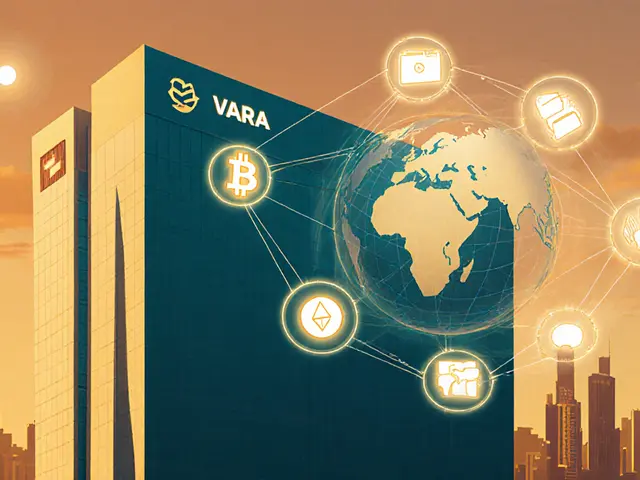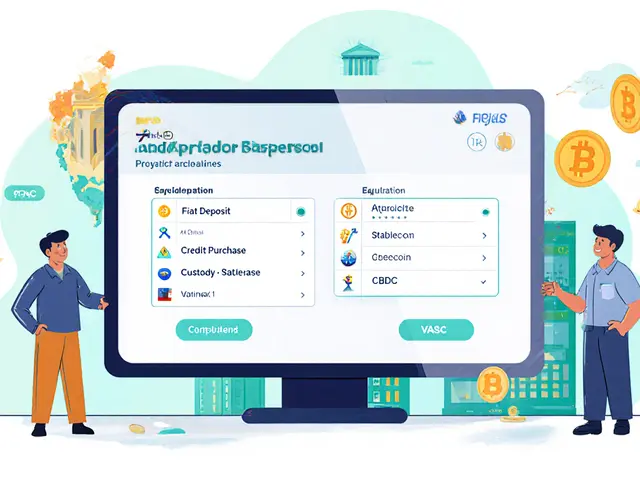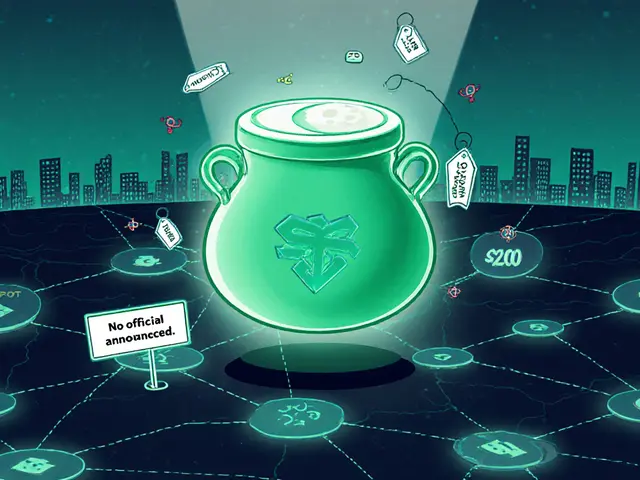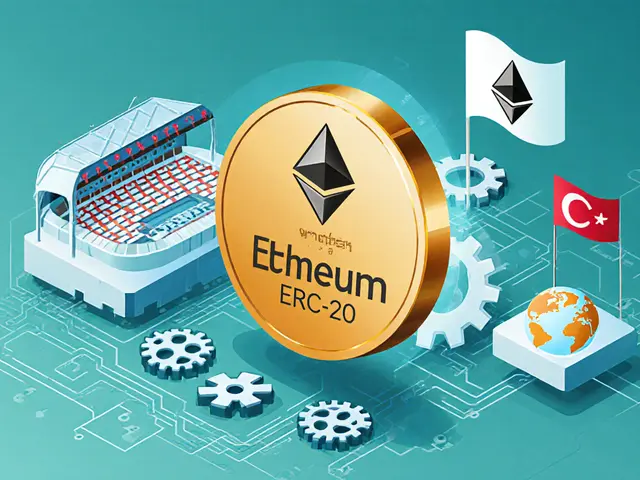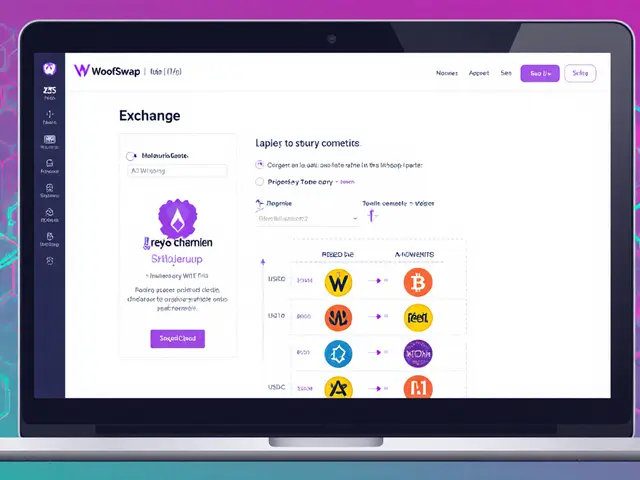Bitcoin mining subsidy explained
When working with Bitcoin mining subsidy, the reward miners receive for successfully adding a new block to the Bitcoin blockchain, measured in freshly minted BTC, you’re dealing with the core economic incentive that keeps the network secure. The subsidy is essentially the block reward, a fixed amount of Bitcoin released with each new block that changes over time. Every 210,000 blocks, a halving, an event that cuts the block reward in half occurs, directly shrinking the subsidy and shaping miner profitability. At the same time, the ongoing adjustment of mining difficulty, a network‑wide parameter that sets how hard it is to find a valid hash controls how much computing power is needed to claim the subsidy. Together, these three elements form the economic engine of Bitcoin: the subsidy provides the incentive, halving regulates supply, and difficulty balances competition. Bitcoin mining subsidy influences everything from hardware buying decisions to long‑term price expectations. When a halving looms, miners often scramble to upgrade equipment, hoping the reduced subsidy will be offset by higher BTC prices. Conversely, a surge in difficulty without a corresponding price rise can squeeze margins, prompting some operators to shut down or relocate to cheaper electricity markets. Understanding how the block reward, halving schedule, and difficulty interact lets traders anticipate shifts in hash‑rate, spot potential profit squeezes, and gauge the health of the network. Below you’ll find articles that break down each component in detail, compare real‑world mining strategies, and explain how the subsidy’s evolution shapes the broader crypto ecosystem.
Historical overview and future outlook
The first Bitcoin block in 2009 carried a 50 BTC reward. After the first halving in 2012, the reward dropped to 25 BTC, then 12.5 BTC in 2016, and 6.25 BTC after the 2020 event. Each cut halves the daily issuance, creating a predictable supply curve that many investors reference when forecasting price trends. The next halving, expected in 2024‑2025, will push the reward to 3.125 BTC per block, tightening the subsidy even further. As the reward diminishes, transaction fees are expected to play a larger role in miner compensation, but the exact balance remains a hot debate among developers.
Mining profitability hinges on three variables: the current subsidy (block reward plus fees), the network’s mining difficulty, and the cost of electricity. A higher difficulty means more hashes are required per BTC earned, so miners in regions with cheap power can stay profitable longer. Tools that track real‑time difficulty adjustments help operators decide when to scale rigs up or down. Meanwhile, investors watch the subsidy schedule to predict when mining revenue might dip, influencing their decisions to hold or sell BTC.
Regulatory shifts also intersect with the subsidy model. Countries that offer tax incentives for renewable‑energy‑powered mining farms can attract hash‑rate, indirectly supporting the network’s security. Conversely, stricter energy policies may force miners to curtail operations, temporarily reducing the overall hash‑rate and making the network easier to attack—though the built‑in difficulty algorithm typically self‑corrects within days.
By the time you scroll through the posts below, you’ll have a clear picture of how the subsidy works, how halving events reshape it, and what difficulty trends mean for your mining or investment plans. The collection covers everything from the math behind each halving to practical tips for keeping your operation profitable as the subsidy shrinks.
Pakistan’s 2,000MW power grant for crypto mining aims to turn idle electricity into billions, boost jobs, and attract global miners while navigating IMF concerns and grid challenges.


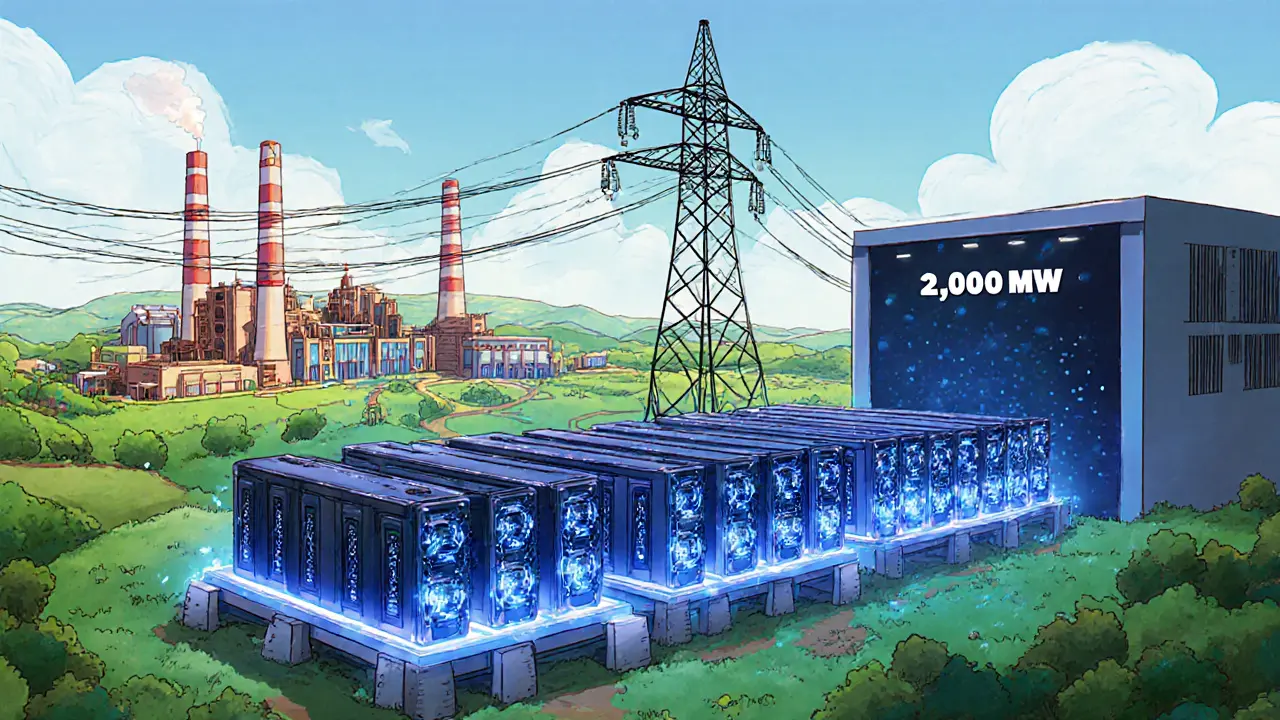
 Finance
Finance
